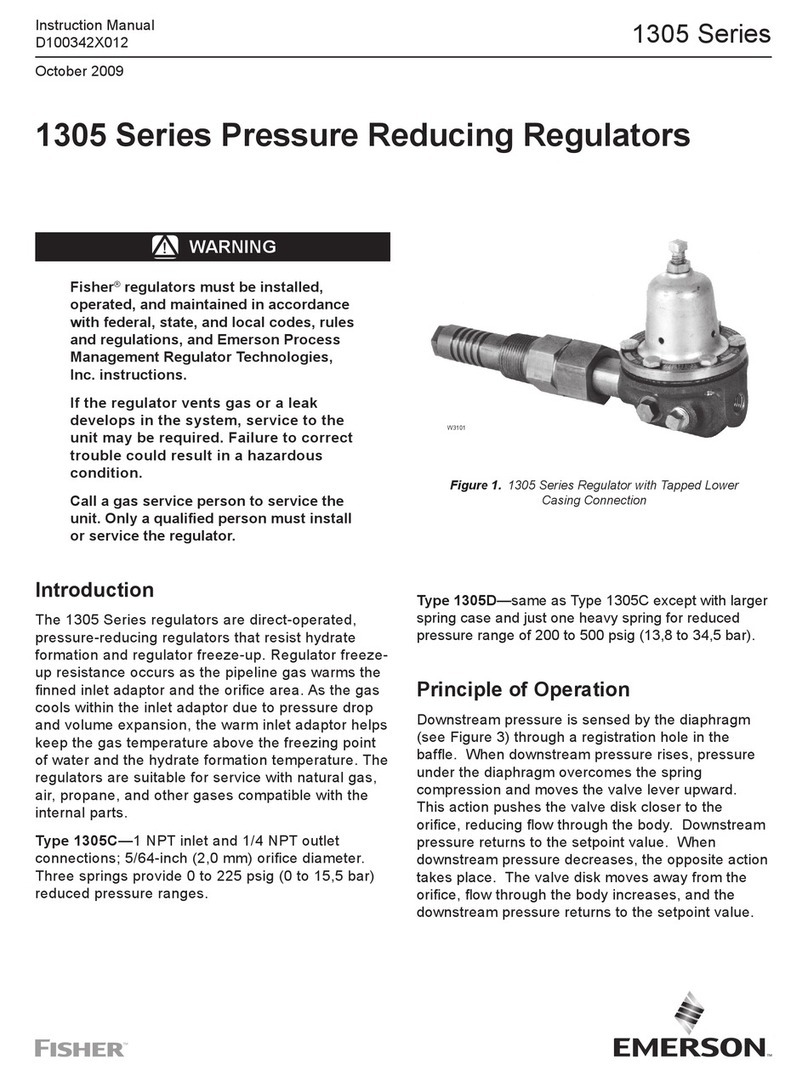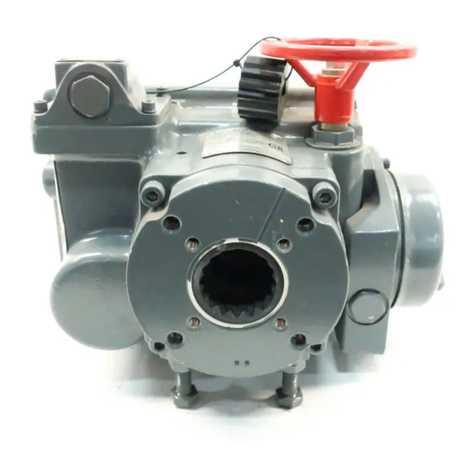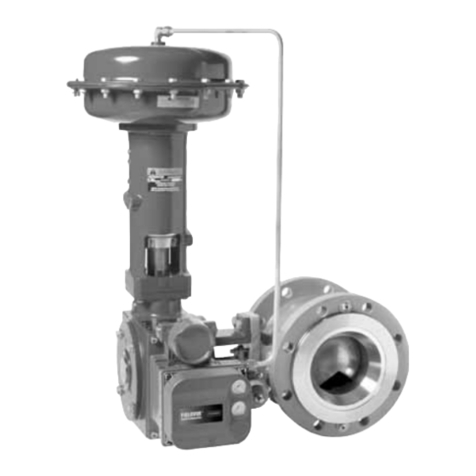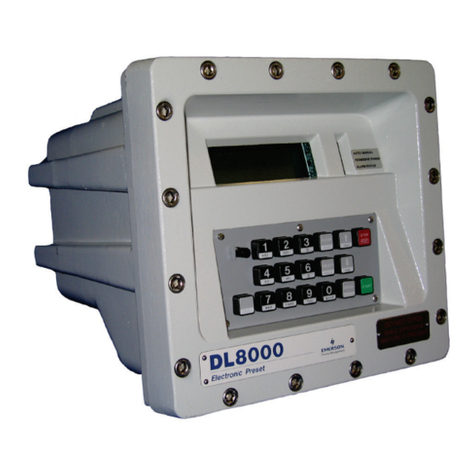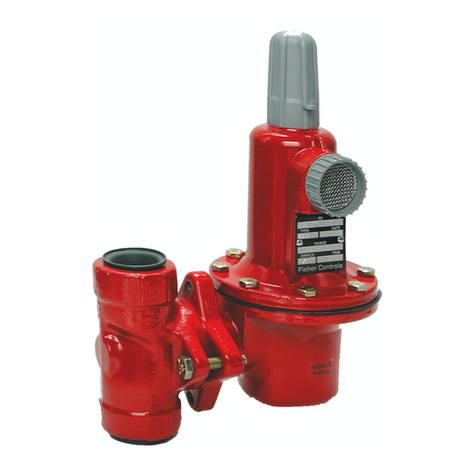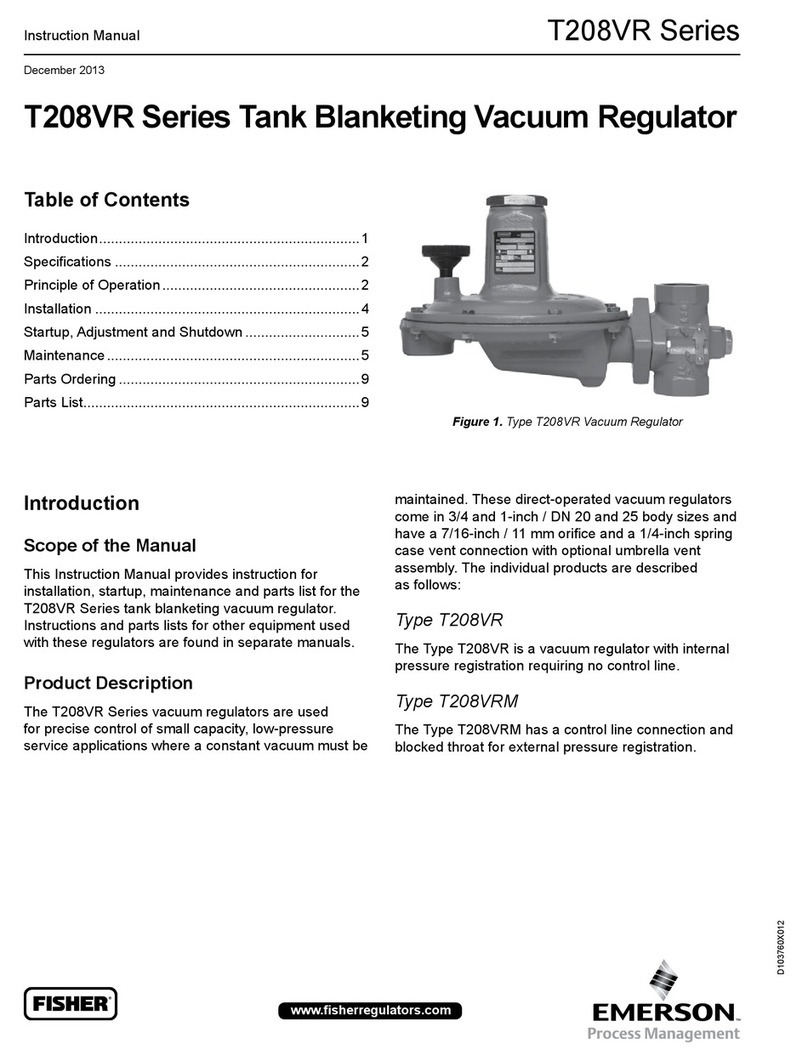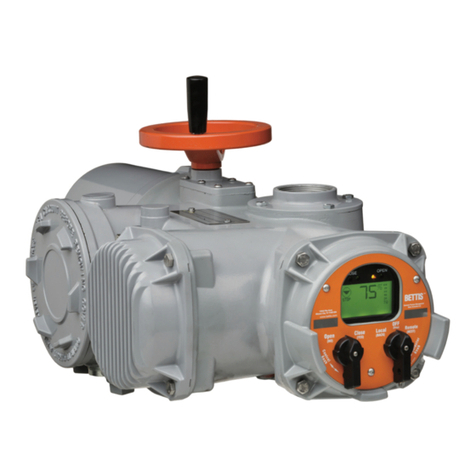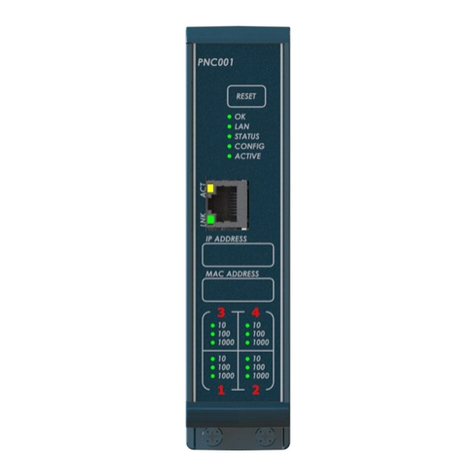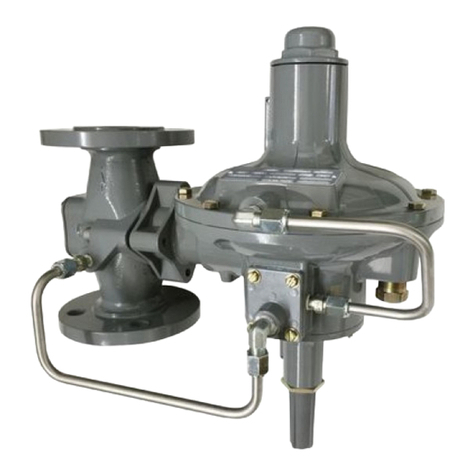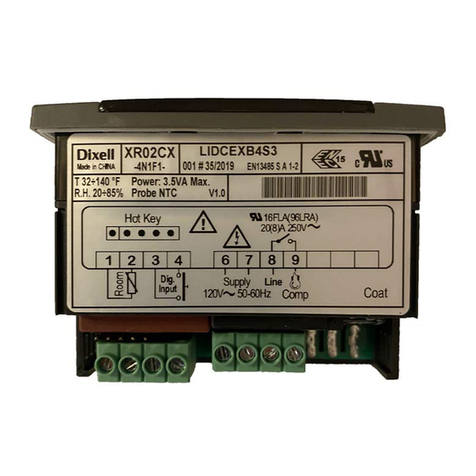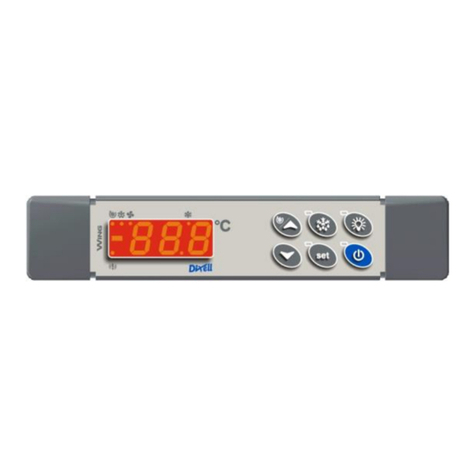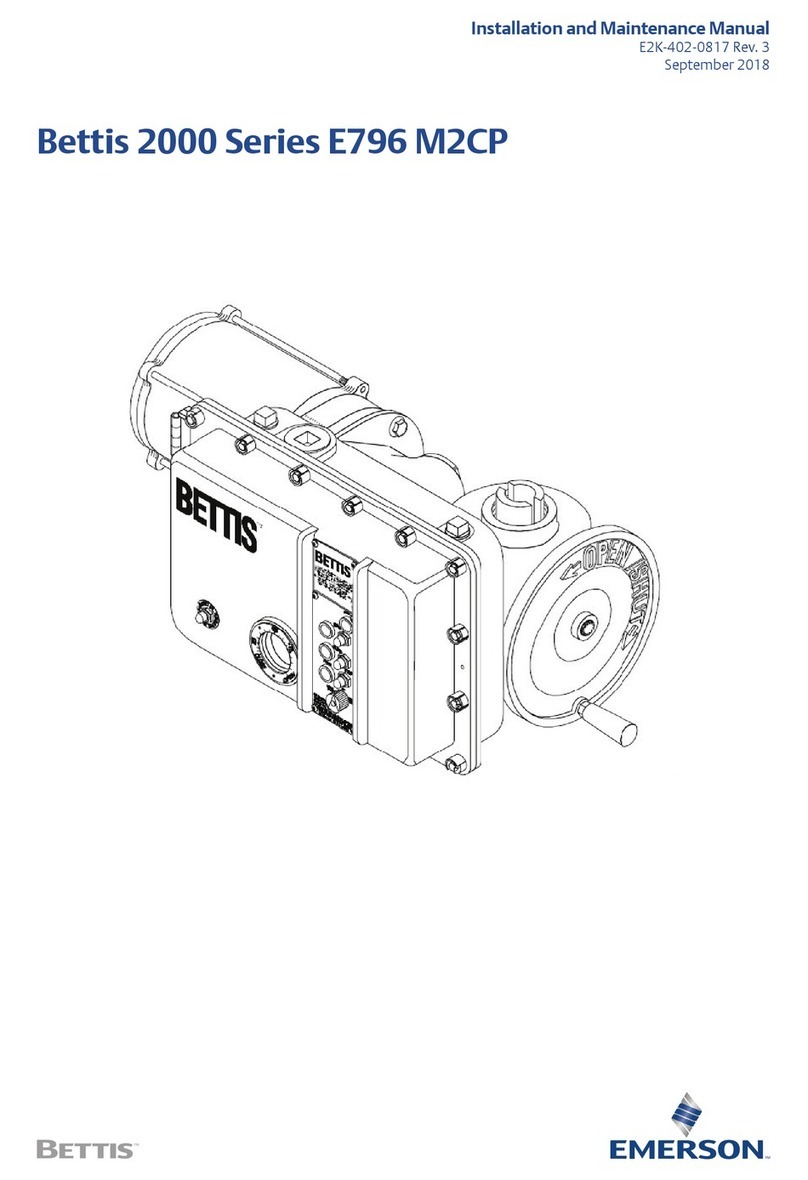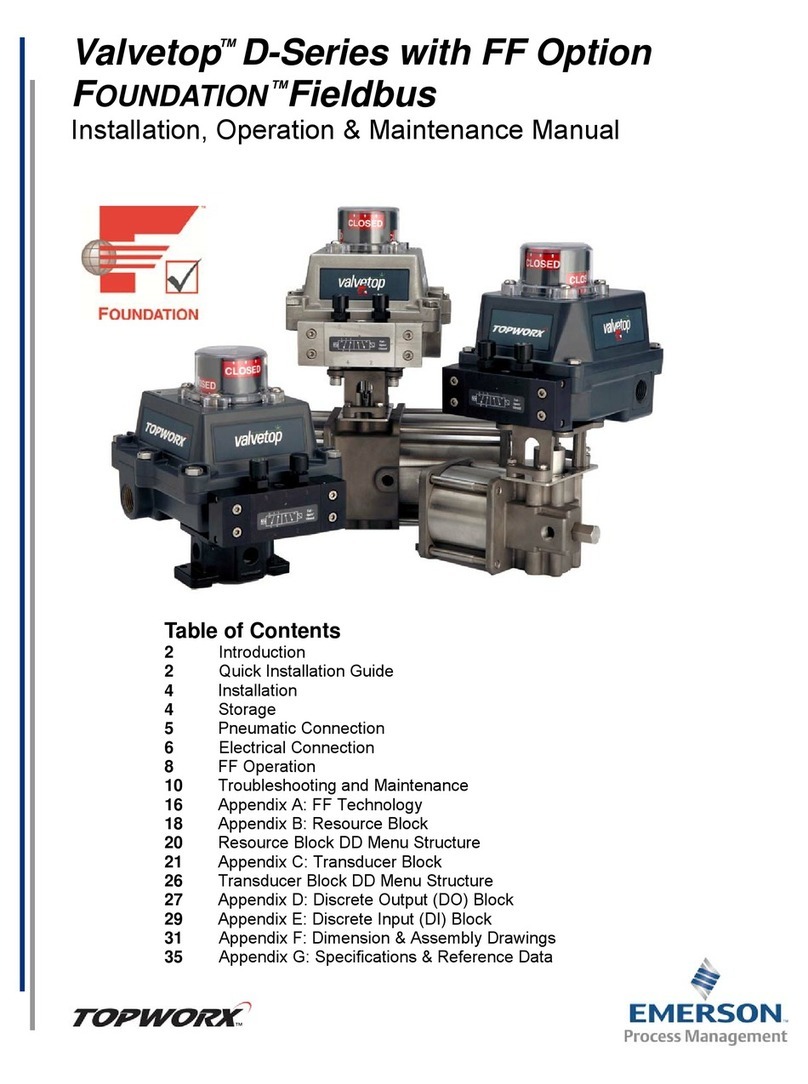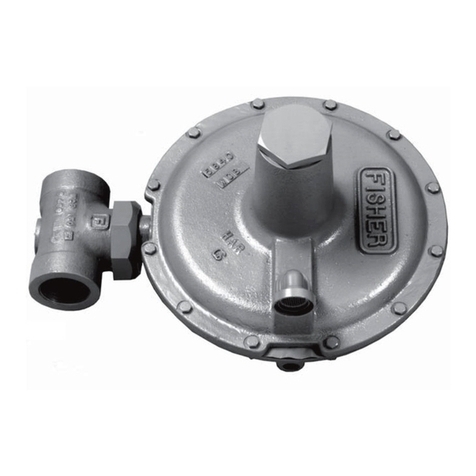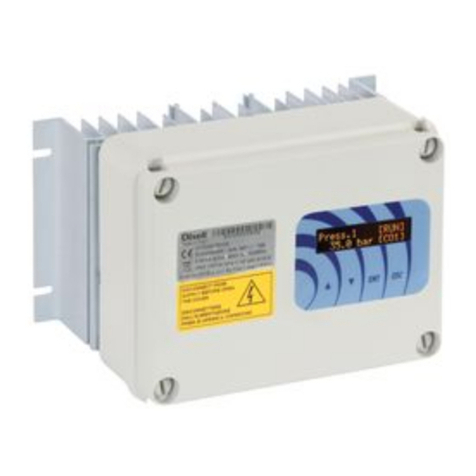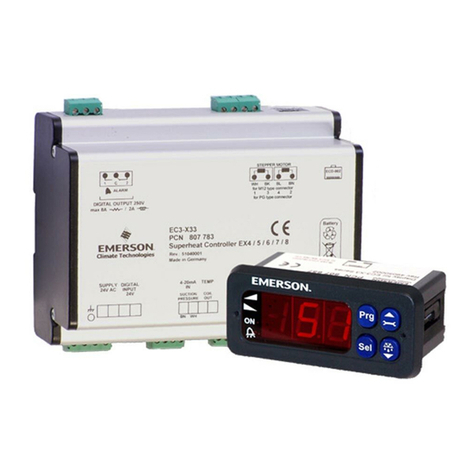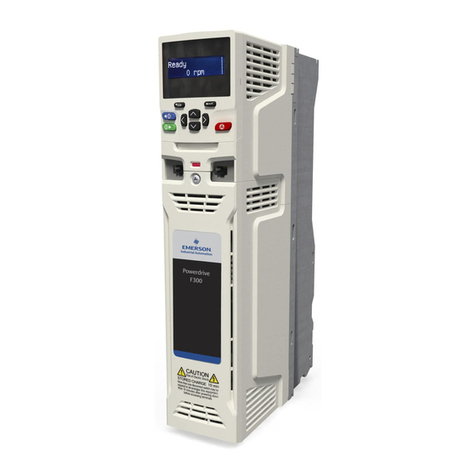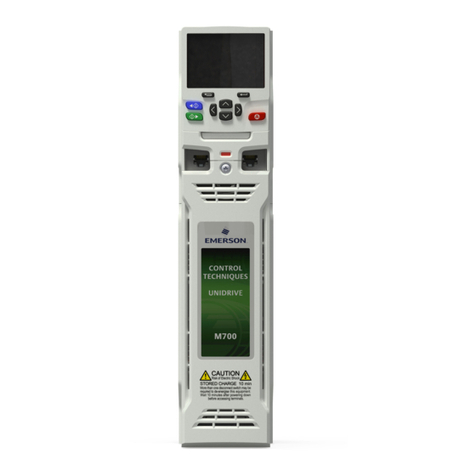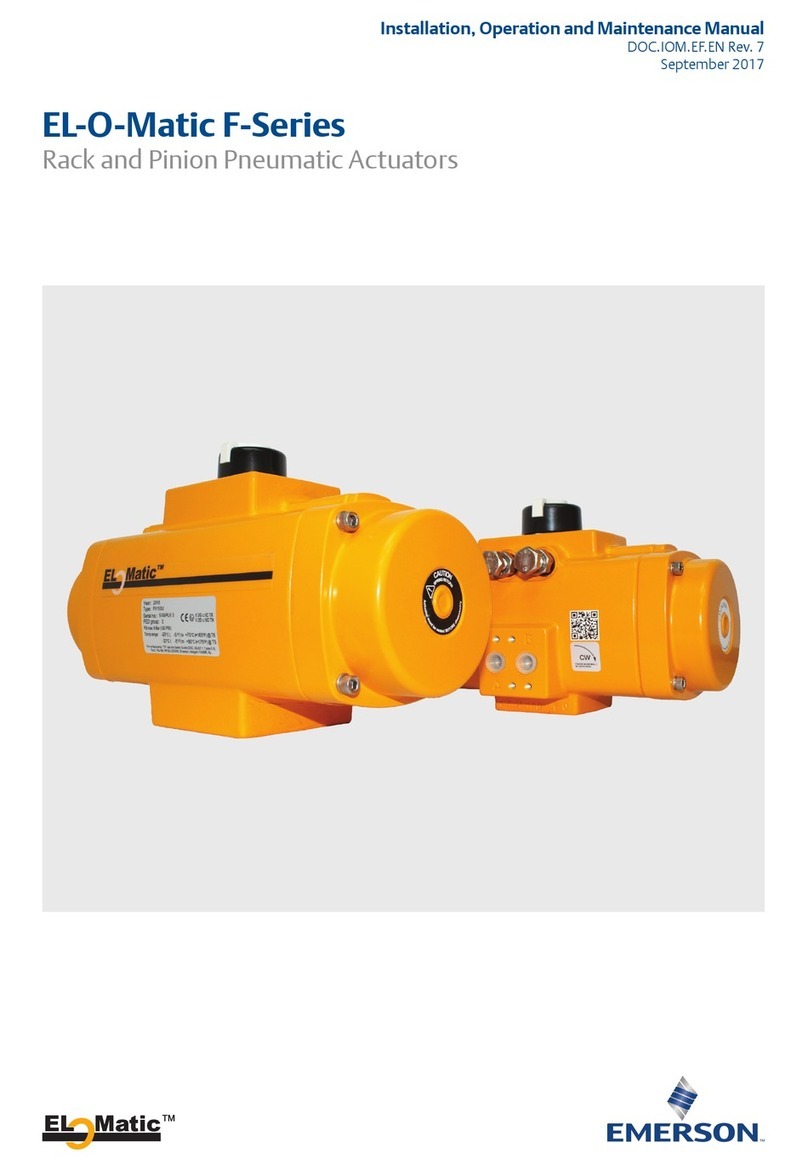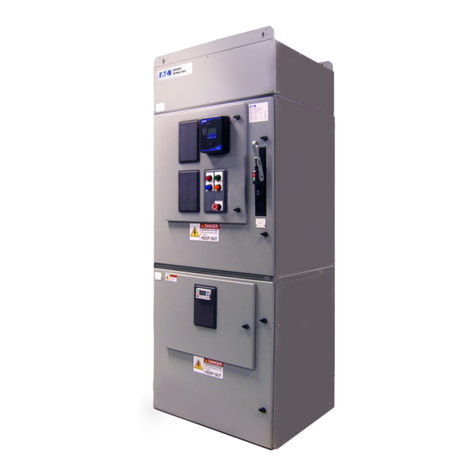
Types P650, P163A, and P164A
3
Attach the return spring to the operating lever as shown.
The return spring must overcome the cable drag and
close the internal valve when the control is released.
Step 4: To mount the Type P163A or P164A release, rst
select a location that meets DOT, NFPA Pamphlet 58,
and/or state regulations. A 7/16-inch (11 mm) diameter
hole is required to mount the assembly.
Step 5: Run the release cable to the Type P650 latch,
making sure to secure the cable with clamps and keep a
minimum bend radius of 6-inches (152 mm) in the cable.
Step 6: Pull the release handle (Type P163A or P164A) out
about 1 foot (0,3 meter) so that inner cable will not be cut
too short.
Step 7: Attach the casing clamp to the Type P650 rear
pin as shown. Cut the Type P163A or P164A cable
and housing to the proper length to reach through the
casing clamp.
Step 8: Pull the inner wire back through the casing (push
in the release handle). Remove about 1-inch (25 mm) of
vinyl casing cover from the end of the housing. Thread
the cable through the casing clamp and t the housing
into the clamp.
Step 9: Assemble the inner cable clamp and screw
through the Type P650 latch as shown. Thread the inner
cable through the clamp and tighten the screw.
Leave only enough slack in the cable to allow the
Type P650 latch to engage the slide.
Check the following after completing the assembly:
1. The internal valve operating lever should be in the
open position when the Type P650 handle is in the
required notch.
2. The release assemblies (Type P163A or 164A) must
be capable of deactivating the Type P650 primary
control, closing the internal valve.
3. The internal valve must be completely closed with the
primary control (Type P650) in the closed position.
Maintenance
CAUTION
Do not use internal valves and cable
controls if they leak, fail to work properly
or have been damaged or have missing
parts. Prompt repairs should be made by
a properly trained serviceman. Continued
use without repair can create a hazardous
or injurious situation.
A simple preventative maintenance program for the valve
and its controls will eliminate a lot of potential problems.
Fisher recommends these steps be conducted once
a month:
1. Inspect the operating lever and cable controls to
see that they operate freely and that there is no
leakage around the retainer nut. If there is sticking
or leakage, replace the packing and bushings. Refer
to internal valve instruction manual.
2. Check for tight closure of the internal valve seat
disks regularly. Any leakage indicates a defect in
the seat caused by wear or from dirt or scale lodging
and embedding in the disks. To check for leakage,
close the valve and exhaust downstream pressure.
Close the rst valve downstream from the internal
valve, and note any pressure buildup between the
closed valve and the internal valve by means of a
pressure gauge. If leakage is indicated, both disks
should be replaced. If piping is cold allow it to warm to
ambient temperature.
3. All operating controls should be inspected, cleaned
and oiled. Rust, corrosion, and dirt can make the
controls inoperable. The controls should be checked
to see that they fully open–but not over-travel–the
internal valve operating lever and operates freely to
close the valve.
Figure 3. Type P650 Primary Cable Control Assembly
9
6
3547
8
1
PARTS NOT SHOWN: KEYS 10, 11, 12, 13, AND 14
T20350
